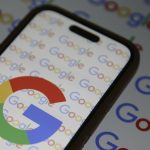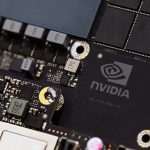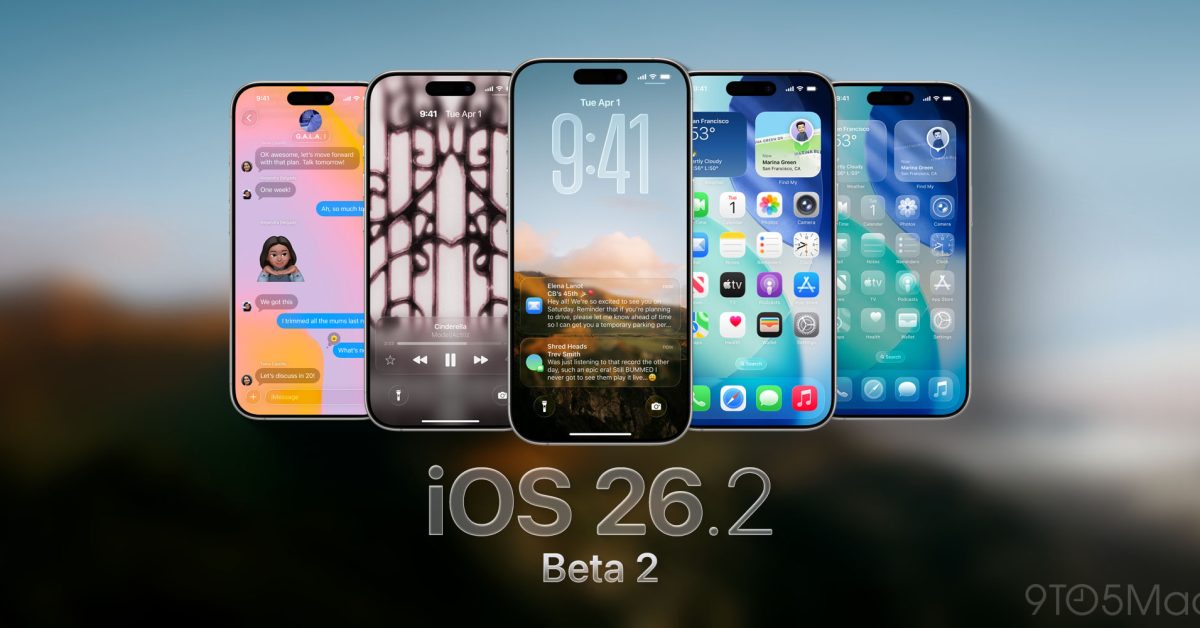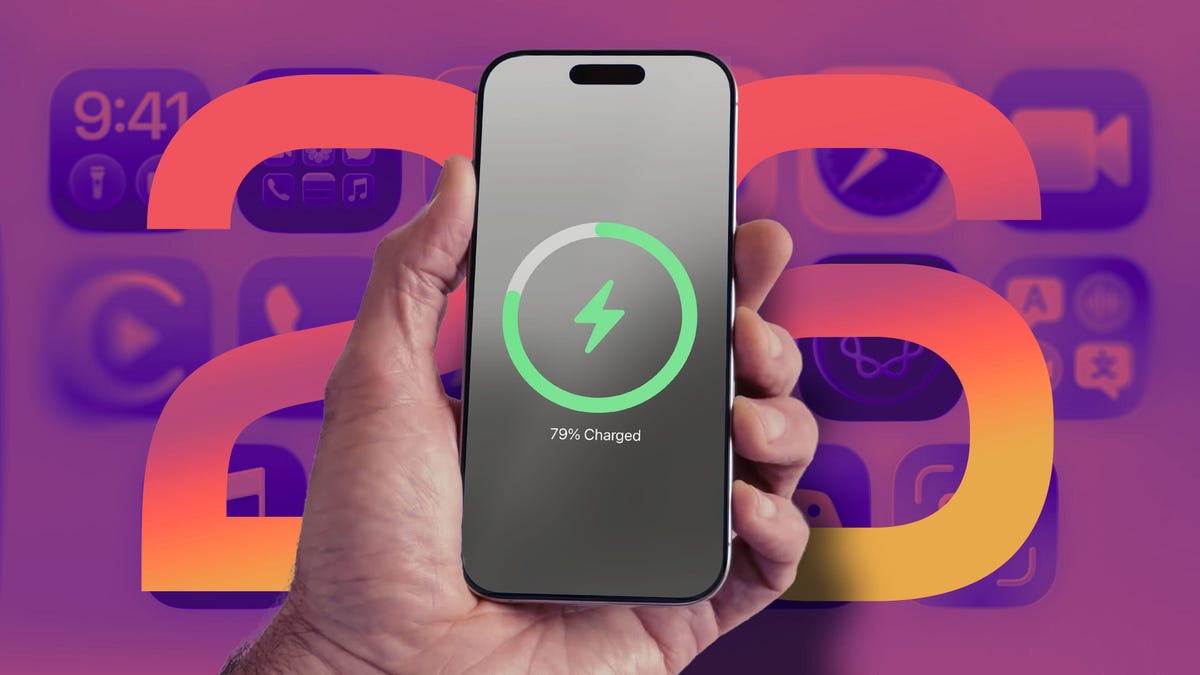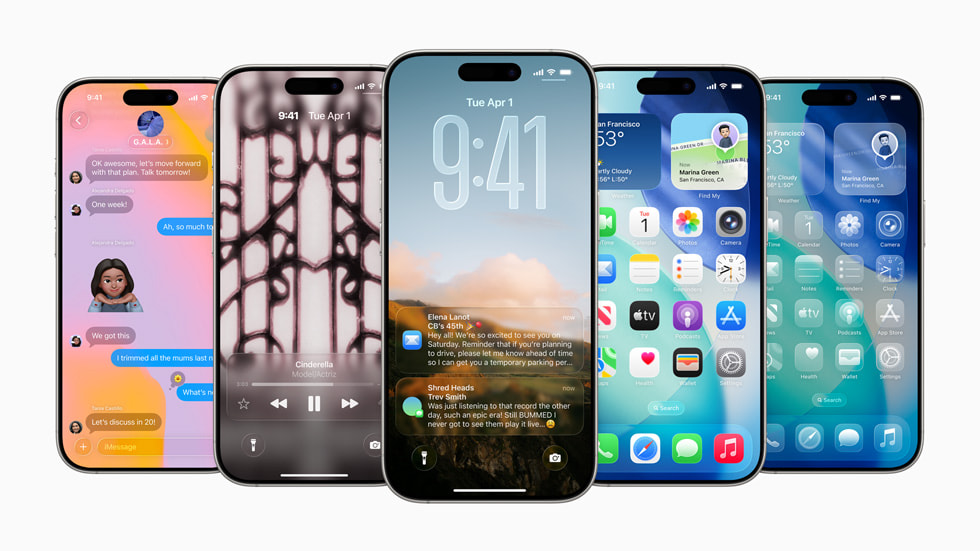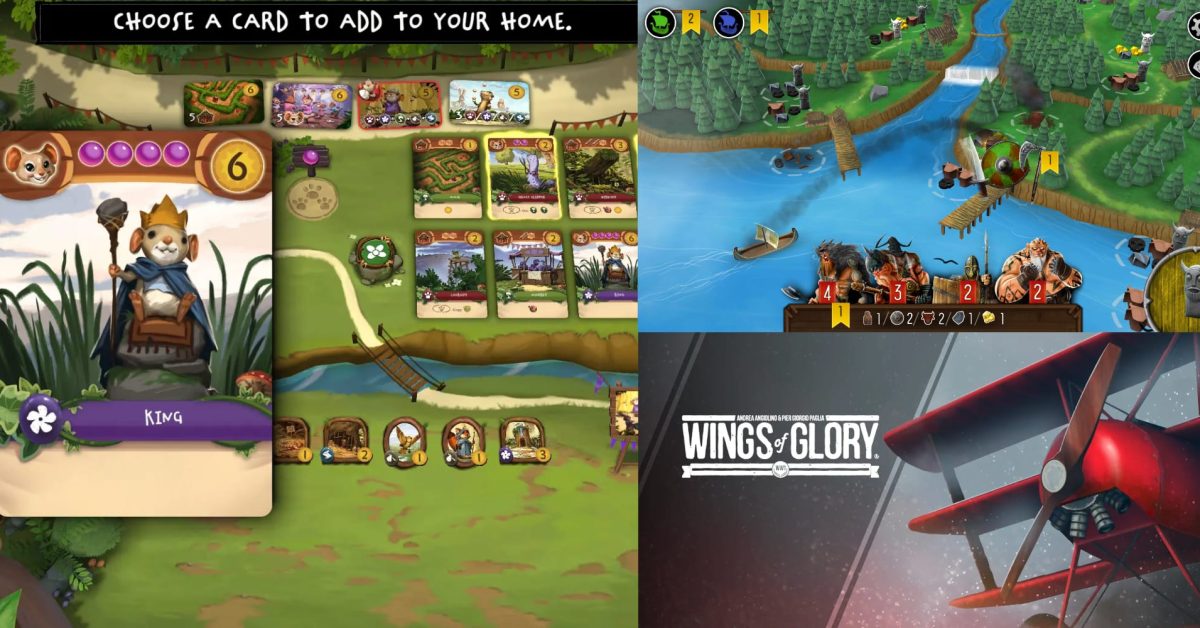When Apple released iOS 26 in September, it wasn’t just another incremental update, it represented the most significant interface transformation since the flat design debut of iOS 7. The introduction of Liquid Glass as a central design language reframed the way we think about mobile interfaces. And now, with Apple creates a dedicated webpage showing how third-party developers are adopting this translucent visual languagewe’re watching the first wave of an ecosystem shift land on home screens.
Then came the part that turned heads. With iOS 26.1 now available and by bringing in crucial transparency controls, Apple has shown that this isn’t a flashy experiment, but a plan they intend to refine in public. Curious to know what Liquid Glass adoption really looks like and why this approach could set the tone for the next decade of mobile design? Let’s dig.
Where does Liquid Glass go from here?
The dynamic is taking shape. Here is a clear market signal: Apple now renders every iOS 26 icon using the Liquid Glass design system, and icons that don’t follow this visual language look outdated and receive fewer taps.. It’s not just refinement, it drives user behavior and visibility.
Politics supports this push. Full adoption will be required when iOS 27 is publicly released next year, as the option to keep current designs will be removed.. About a year on the clock, and there’s a bet that this iteration will solve today’s problems before the deadline.
Technically, Liquid Glass reads like Apple’s most revolutionary developer update since iOS 7a blend of visual language, on-device AI, and unified workflows across platforms. This feels less like a one-off style change and more like a foundation for ambient computing.
The spatial angle is hard to ignore. Translucency, depth, movement that adapts to the hand, all of this adapts to augmented reality and spatial computing. As Vision Pro and future AR hardware evolve, Liquid Glass emerges as the common thread that allows displays and space to share a vocabulary.
Adoption will depend on the big hitters. When WhatsApp, Instagram and Facebook make the jump, familiarity increases, complaints fade and habits form. And they will adopt it by iOS 27. The real question is one of balance. Can Apple keep the awesome while improving the everyday?
Right now, early signs point to a real shift in mobile design philosophy. Liquid Glass could become a beloved development, or it could end up being a cautionary tale about how beauty trumps utility. My reading, given 26.1’s track record and rapid follow-up, leans toward a steady evolution, bumps and all.



